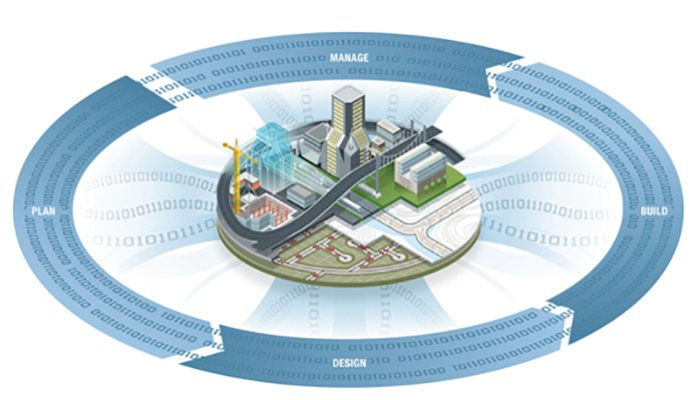Extending Sustainability to Your Design Workflows
- ReThink BIM

- Aug 11, 2016
- 2 min read

As industry leaders, it is incumbent upon us to advocate health and safety in the workplace and through our projects while protecting and preserving our environment through sensible design.

We would all probably agree that in the big picture - sustainability in Architecture focuses on the materials, construction and performance in operations. We may also agree that those of us in the AEC industry – regardless of sector; Architecture, Engineering, Construction, Operations –are all striving for more sustainable environments in our communities.
So I have to ask – Why are we not performing our day-to-day design tasks through a sustainable workflow?
As we are in the midst of some incredible design work throughout our communities – just look at the work from infrastructure projects at Brown and Caldwell, Commercial designs at Gensler, and of course my current home – Davis Partnership Architects, I think it is time we take our sustainable efforts into the technological weeds.
There is no debate that Architects, Engineers and Owners desire to provide sustainable projects via construction practices, materials and performance. We wile away hours and often days running through checklist after checklist as to which products to use, producing and re-creating virtual design options, material mock-ups – both virtual and literal, how to best communicate the design intent, the performance of a given project post-construction. Yet we are not seeing the implementation of sustainable workflows into the project’s actual day-to-day design and development.
Most of us currently use multiple design platforms throughout the process of designing and documenting a project; SketchUp, Revit, AutoCAD, Navisworks, BIM 360… the list can be quite long. But are your means and methods of using these platforms sustainable? Mr. MacLeamy (HOK) identified the transition needed in the industry back in 2010 which is now widely known and referenced in many BIM conversations, yet it seems we all like the MacLeamy curve graphic - but are hesitant to make the transition.
Perhaps we are not fully accepting of the definition of sustainable, in part defined as ‘Able to last or continue for a long time’ and ‘Able to be used without being completely used up or destroyed’. Now let’s extend the definition to our design methodology:
Did you build your initial conceptual 3D model in Revit? Or Sketch Up? Did you carry these two models throughout the projects' design phases? One is sustainable while the other is in effect “used up” and of no use downstream. So are you being sustainable to the project goals, to the BIM uses, to the larger picture of your community?
Have you maintained the BIM through construction activities and are able to provide the Owner a consumable, life cycle environment? Or does the Contractor Team have to “re-build” the model to align with their field activities and platforms?
There needs to be a fundamental shift of how projects are being conceptualized, designed, organized, and produced from day one. If we are to all ride the sustainable wave and claim we are being green, let’s do so from the beginning.
Streamlined workflows
Consumable digital product throughout the project design & delivery process
Connected teams, regardless of location
A complete lifecycle for connected buildings, data and people











![Another [Amaze-Balls] AU!](https://static.wixstatic.com/media/9dc0e7_0affcc747b1a4340b0e9fd990045cb41~mv2_d_2000_1803_s_2.jpg/v1/fill/w_279,h_250,fp_0.50_0.50,q_30,blur_30,enc_avif,quality_auto/9dc0e7_0affcc747b1a4340b0e9fd990045cb41~mv2_d_2000_1803_s_2.webp)
![Another [Amaze-Balls] AU!](https://static.wixstatic.com/media/9dc0e7_0affcc747b1a4340b0e9fd990045cb41~mv2_d_2000_1803_s_2.jpg/v1/fill/w_38,h_34,fp_0.50_0.50,q_90,enc_avif,quality_auto/9dc0e7_0affcc747b1a4340b0e9fd990045cb41~mv2_d_2000_1803_s_2.webp)











Comments